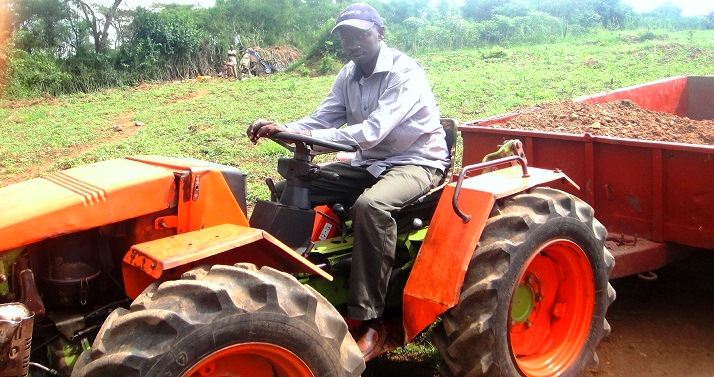Benjamin Ngabo, a 38-year-old farmer in Nyagatare district of Rwanda, harvested mostly maize for many years, but he is now an advocate for high-iron bean. During get-togethers in his village Matimba, he talks to fellow farmers about adopting these new varieties: “These beans are good not only because they are disease-resistant and have good yields, but also because they are high in iron and zinc, which can protect children and women from problems related to mineral deficiencies such as anemia,” he says.
In Rwanda, anemia – an indicator of iron deficiency – affects 40 percent of the children under five and almost one out of five non-pregnant women. Development and delivery of iron-rich bean is led by HarvestPlus and its partners, including the Rwanda Agricultural Board (RAB), International Center for Tropical Agriculture (CIAT), and other local partners. These new varieties of bean are developed using conventional plant breeding methods.
By the end of 2013, more than half a million household members are expected to be eating iron-rich bean in Rwanda. Lister Katsvairo, HarvestPlus Country Manager says, “We have produced enough seeds to sell to farmers at an affordable price for the next cropping season.”
Farmers are happy with increased yields too. When Benjamin Ngabo was growing the local bean varieties, he harvested on average 700 kg per hectare. But once he switched to growing high-iron bean, he harvests between 2,000 to 3,000 kg (2 to 3 metric tons) per hectare. With the income he earned from growing high-iron bean Ngabo says he bought a tractor for his farm and is also able to hire labor to work on his farm when it is time to plant, weed, and harvest the beans.
Research shows that children and women will be the main beneficiaries of these new high–iron bean varieties. While bean is already high in iron, providing about 30% of a woman or young child’s daily iron needs, HarvestPlus hopes to double this to 60% by breeding an even better bean.
